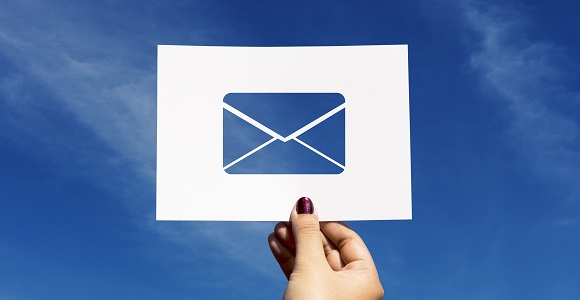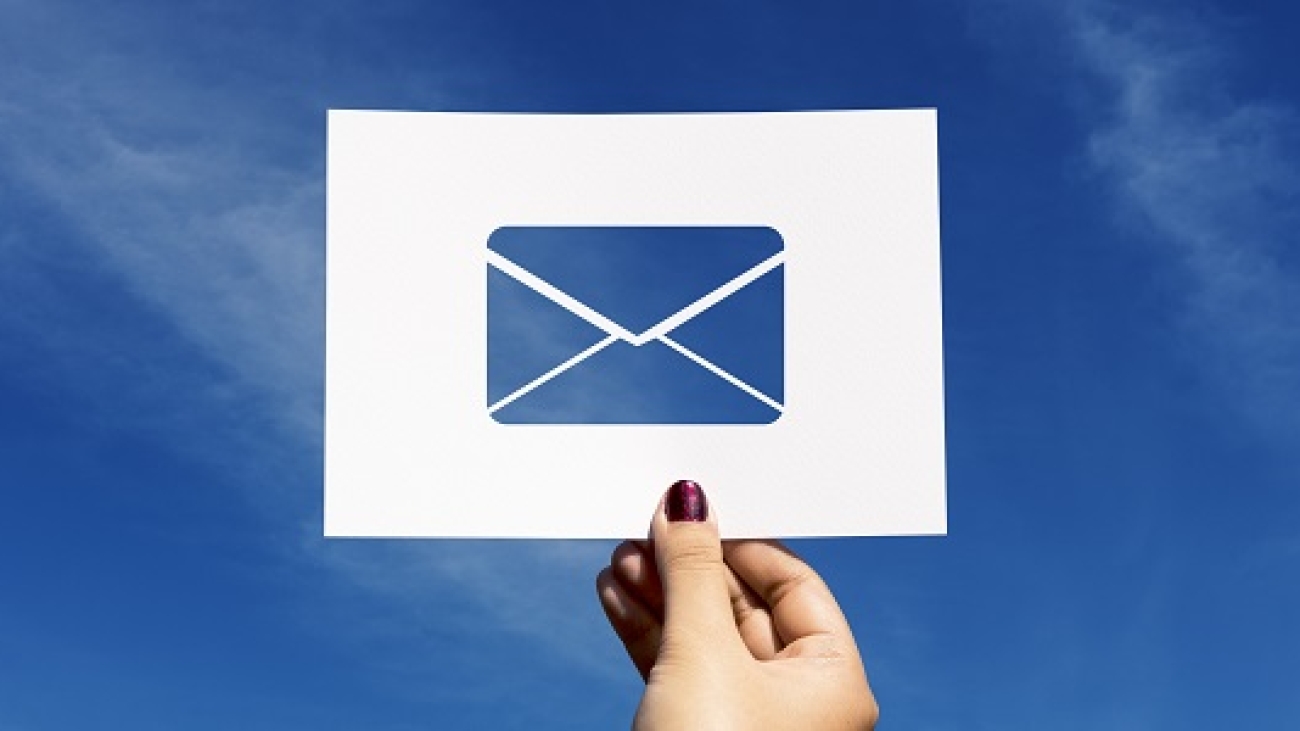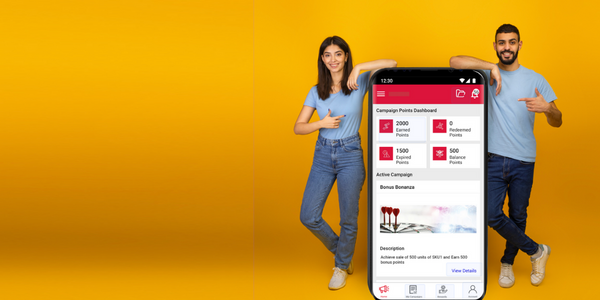5 Motivational Emails for the Sales Team

5 Motivational Emails for the Sales Team

For frontline salespeople, motivation is the fire that keeps that spark on. It is the duty of the team leader to keep their team motivated. As a manager, you are responsible for using the right motivational words and emails to lift the spirits of your team. It is said the right words at the right time can make or break teams. So, why not use them to make that difference?
Is motivating people complicated? Of course, it is. You need to time it well, say the right things to inspire them, and keep them stimulated for collaborative efforts. In this article today, we’ll talk about motivational emails and share templates for 5 motivational emails for the sales team. Emails are formal devices and can be used at any point in time. You can send in an upbeat message before the start of a new project or send regular motivational mails to the team to encourage them to achieve targets.
Tips to write motivational messages for the sales team
- Keep the message or the email positive with a happy undertone
- Greet them with a grateful tone
- Your message should express faith in their abilities
- Reassure them in your email, giving them the confidence that the managers are there to take care of any issue
- Ask them for their feedback
- Reinforce the company values and give your team the flexibility to work on their own. That way, they’ll always try and give their best
Without further ado, let’s get to the templates for 5 motivational emails for the sales team.
Monthly sales target email to employees
Dear Team,
We have been really working hard each day to convert the leads into confirmed businesses. It gives me immense pride to watch all of you going after your weekly targets with so much enthusiasm. Each of your concerted efforts matters as we inch closer to our monthly targets. I am sure with this zeal we will close this month way higher than the previous months and over-achieve the goals for this month.
In case you are stuck at some place and are finding it difficult to resolve any issues, please do let me know. I will be more than happy to help.
Till then, keep up the good work, just as the way you have been doing till now.
Proud to be your manager.
XXXX
Weekly motivational email for your sales team
Hi everyone,
I am impressed with the way all of you are working and collaborating together to make every day work so much more fun and interesting. The results are speaking about the dedicated efforts being put in by all of you. I appreciate your sincerity and hard work. Keep it up.
As we start a new week, let’s take out some time to pat each other’s back and exchange a few motivational quotes, and messages with one another. Every word can inspire our team to do better. Let’s do this earnestly this week.
Regards
Your Manager
XXXX
Final quarter motivational email to internal staff (sales team)
Dear Team,
We have moved into the final quarter of this year. So far, the results have been good. Let’s give our best these three months to make it even more impressive. I have full faith in my team and I know that each one of you is giving your best.
I support you in your efforts and decisions. I know you can make it happen. Your efforts to date have been noticed by the senior management and all of us are very proud to have you as a member of this team.
Let’s go all out, put our best foot forward, and make our company proud of us.
As always, in case of any help, you can reach out to me 24×7.
Happy Selling,
XXXXX
End-of-the-year sales motivational email
Dear Team,
We have done it once more and must I say that I am so very proud of you. You people are the best. We have done impressively well this year and over-achieved our targets. It’s a great feeling to lead a dedicated team like this.
Thank you for all your efforts. Some celebrations are being arranged by HR. Meanwhile, I personally wanted to thank each one of you. Looking forward to a great year next year too!
Regards
XXXX
A general motivational email to the sales team
Hi Everyone,
I am writing this to remind you that you are a valuable asset to the company. Your hard work is the basis of the company’s growth and success. Keep up the good work. Each one of you is the backbone of this organization.
Let me know in case there is any scope for improvement in the processes that we are currently following to work on the field.
The company supports you in all that you do. Keep up the spirit.
Regards
XXXXX
Use these free templates to keep motivating your sales team because they look up to you for inspiration and that much-need pat on the back (literally). There are no hard-and-fast rules though; you can create your own emails to keep your team driven and stimulated.
For frontline salespeople, motivation is the fire that keeps that spark on. It is the duty of the team leader to keep their team motivated. As a manager, you are responsible for using the right motivational words and emails to lift the spirits of your team. It is said the right words at the right time can make or break teams. So, why not use them to make that difference?
Is motivating people complicated? Of course, it is. You need to time it well, say the right things to inspire them, and keep them stimulated for collaborative efforts. In this article today, we’ll talk about motivational emails and share templates for 5 motivational emails for the sales team. Emails are formal devices and can be used at any point in time. You can send in an upbeat message before the start of a new project or send regular motivational mails to the team to encourage them to achieve targets.
Tips to write motivational messages for the sales team
- Keep the message or the email positive with a happy undertone
- Greet them with a grateful tone
- Your message should express faith in their abilities
- Reassure them in your email, giving them the confidence that the managers are there to take care of any issue
- Ask them for their feedback
- Reinforce the company values and give your team the flexibility to work on their own. That way, they’ll always try and give their best
Without further ado, let’s get to the templates for 5 motivational emails for the sales team.
Monthly sales target email to employees
Dear Team,
We have been really working hard each day to convert the leads into confirmed businesses. It gives me immense pride to watch all of you going after your weekly targets with so much enthusiasm. Each of your concerted efforts matters as we inch closer to our monthly targets. I am sure with this zeal we will close this month way higher than the previous months and over-achieve the goals for this month.
In case you are stuck at some place and are finding it difficult to resolve any issues, please do let me know. I will be more than happy to help.
Till then, keep up the good work, just as the way you have been doing till now.
Proud to be your manager.
XXXX
Weekly motivational email for your sales team
Hi everyone,
I am impressed with the way all of you are working and collaborating together to make every day work so much more fun and interesting. The results are speaking about the dedicated efforts being put in by all of you. I appreciate your sincerity and hard work. Keep it up.
As we start a new week, let’s take out some time to pat each other’s back and exchange a few motivational quotes, and messages with one another. Every word can inspire our team to do better. Let’s do this earnestly this week.
Regards
Your Manager
XXXX
Final quarter motivational email to internal staff (sales team)
Dear Team,
We have moved into the final quarter of this year. So far, the results have been good. Let’s give our best these three months to make it even more impressive. I have full faith in my team and I know that each one of you is giving your best.
I support you in your efforts and decisions. I know you can make it happen. Your efforts to date have been noticed by the senior management and all of us are very proud to have you as a member of this team.
Let’s go all out, put our best foot forward, and make our company proud of us.
As always, in case of any help, you can reach out to me 24×7.
Happy Selling,
XXXXX
End-of-the-year sales motivational email
Dear Team,
We have done it once more and must I say that I am so very proud of you. You people are the best. We have done impressively well this year and over-achieved our targets. It’s a great feeling to lead a dedicated team like this.
Thank you for all your efforts. Some celebrations are being arranged by HR. Meanwhile, I personally wanted to thank each one of you. Looking forward to a great year next year too!
Regards
XXXX
A general motivational email to the sales team
Hi Everyone,
I am writing this to remind you that you are a valuable asset to the company. Your hard work is the basis of the company’s growth and success. Keep up the good work. Each one of you is the backbone of this organization.
Let me know in case there is any scope for improvement in the processes that we are currently following to work on the field.
The company supports you in all that you do. Keep up the spirit.
Regards
XXXXX
Use these free templates to keep motivating your sales team because they look up to you for inspiration and that much-need pat on the back (literally). There are no hard-and-fast rules though; you can create your own emails to keep your team driven and stimulated.











